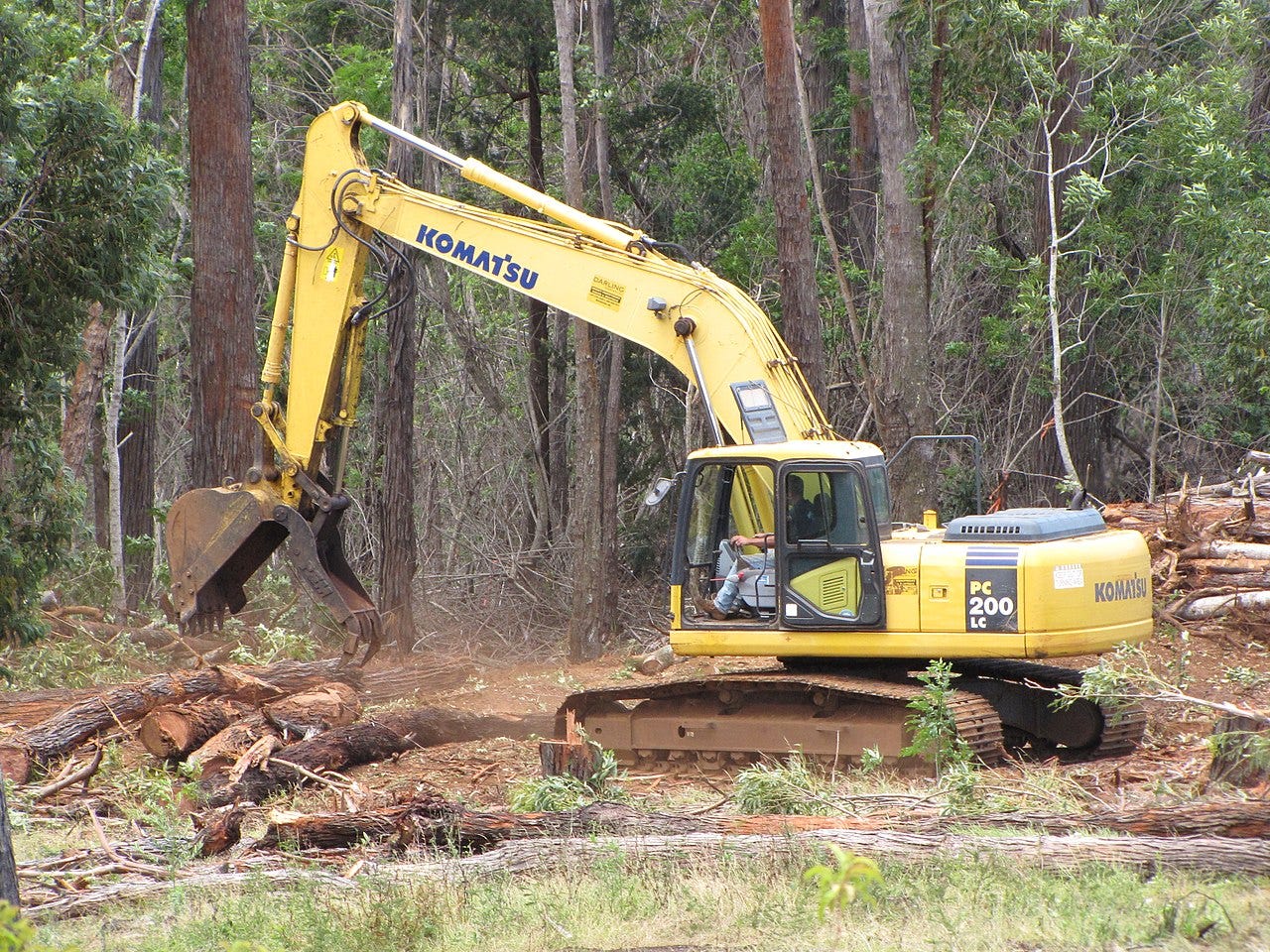
This is a draft chapter from the book I am co-authoring with Nikki Hill, tentatively entitled, “Stop Blaming the Messengers: A critique of invasion biology & ideology.” The chapter is long enough to break into three parts.
Thirty years ago the greatest threats to nature were chainsaws, bulldozers, and poisons. Now the greatest threats are wild plants and animals. And what do we use to fight them? Chainsaws, bulldozers, and poisons. Who does this serve?
—David Theodoropoulos, 2003i
In the following pages we detail some of the ecological damage that is routinely caused by efforts to eradicate, control or manage “invasive” plants. We do so in order to stress that the topic of “invasive” plant management is not merely academic. The demonization that follows from the label, and the policies that follow from the demonization, can have serious ecological consequences, and we want the reader to have these consequences in mind from the beginning.
Control methods can be classified into three broad categories: mechanical, biological and chemical. All the different means within these categories have their own rates of efficacy and their own drawbacks from the perspective of reducing or eliminating the “invasives.” As practiced, very few methods are effective at removing their targets without killing non-targets, and only then at very small scales. As the size of a project grows, so does the likelihood of unintended consequences and collateral damage from any method.
Keep reading with a 7-day free trial
Subscribe to Speaking for the Trees, No Matter Where They're From to keep reading this post and get 7 days of free access to the full post archives.




